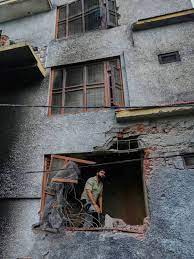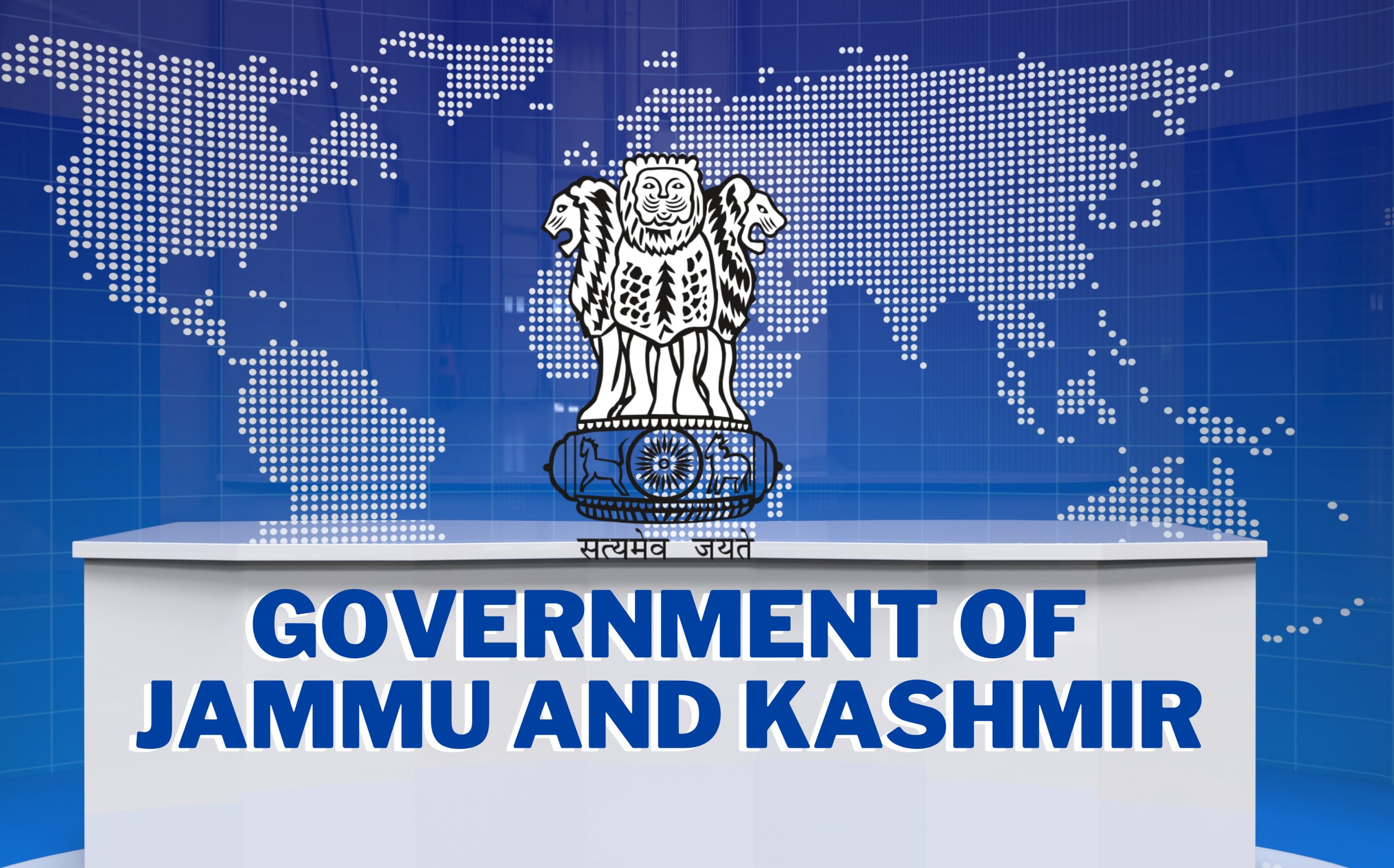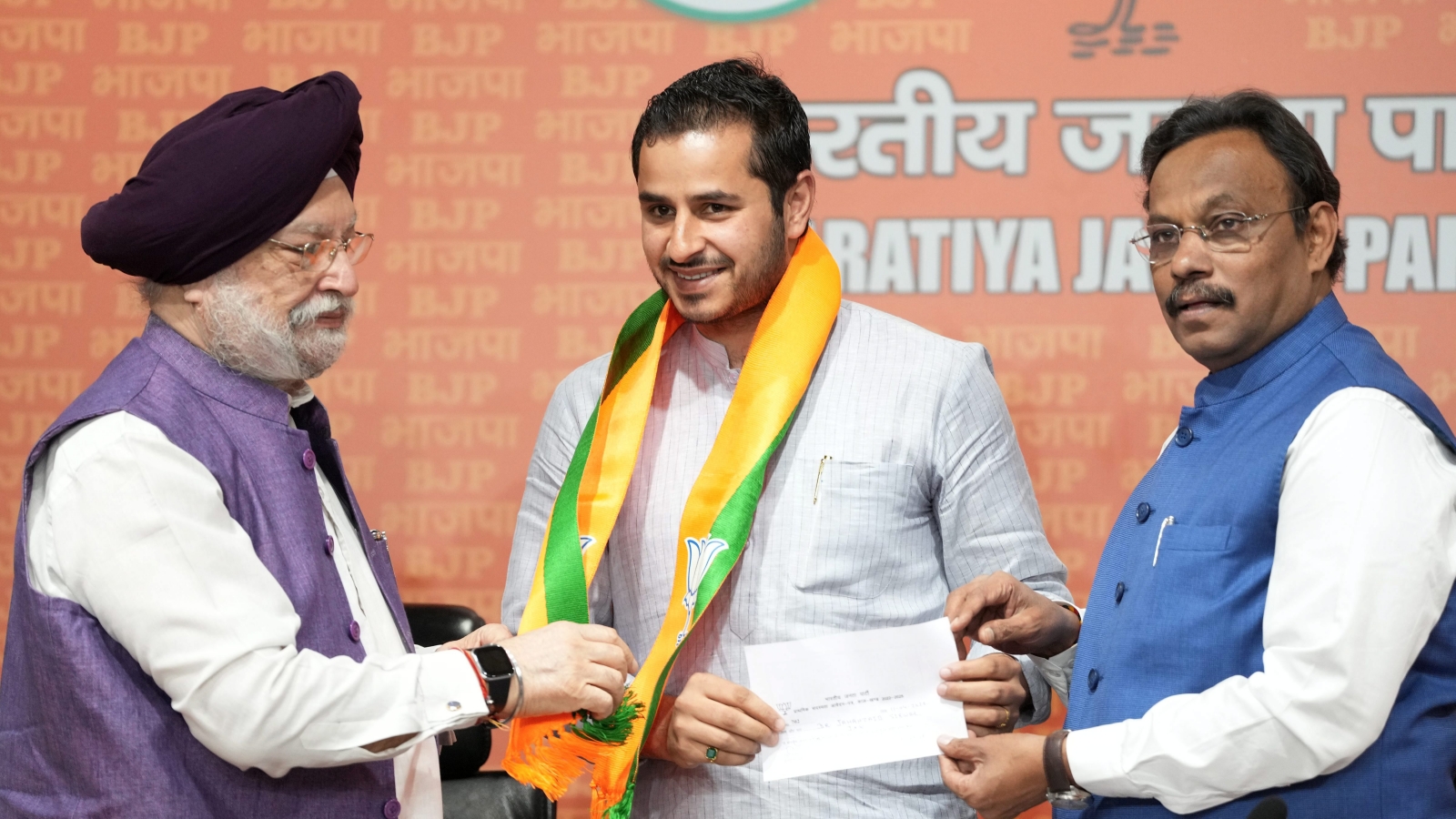A Fragile Truce Amid Deep Uncertainty
While the ceasefire agreement between India and Pakistan has momentarily calmed tensions along the Line of Control (LoC) in Kashmir, the region remains on edge. Civilians, who have endured decades of conflict, find themselves caught between relief and lingering fears, unsure whether peace will hold or collapse under renewed military escalations.
Despite assurances from both governments, the realities on the ground paint a different picture—one of displacement, destruction, restricted movement, and uncertainty. This article delves into the current state of Kashmir, examining the humanitarian impact, geopolitical stakes, military strategies, and diplomatic efforts shaping the future of this volatile region.
Tensions Before & After the Ceasefire: What Led to the Agreement?
A History of Military Clashes
- The India-Pakistan conflict over Kashmir dates back to partition in 1947, leading to multiple wars, insurgencies, and border tensions.
- Skirmishes, airstrikes, and drone warfare have increasingly defined modern military engagements in the region.
- Cross-border shelling has devastated homes and livelihoods, forcing mass civilian evacuations.
Ceasefire Negotiations & Political Pressures
- The latest ceasefire was announced amid rising global concerns over escalating violence, particularly drone strikes and missile activity.
- The United Nations and major world powers pressured both nations to de-escalate, fearing broader instability.
- Despite the agreement, both India and Pakistan remain militarily active, monitoring troop movements and aerial threats.
While the ceasefire offers temporary relief, distrust, past violations, and ongoing territorial disputes leave Kashmiris skeptical about its longevity.
Civilians Struggle for Normalcy Amid Uncertainty
Mass Displacement & Humanitarian Concerns
- Thousands of families remain displaced, unable to return home due to infrastructure damage.
- Emergency shelters are overcrowded, with limited access to essential supplies.
- Medical facilities struggle to treat injured civilians, as clashes have strained healthcare resources.
Daily Life in a Conflict Zone
- Markets reopen cautiously, but residents fear renewed hostilities could halt commerce again.
- Security checkpoints restrict movement, preventing families from traveling freely.
- Children and students face disrupted education, as schools remain partially closed.
For civilians, the struggle for stability continues, with no certainty that peace will last beyond political statements.
The Role of Drone Warfare & New Military Strategies
Aerial Combat & LoC Surveillance
- Drone reconnaissance and targeted airstrikes have reshaped modern conflict dynamics in Kashmir.
- Both India and Pakistan now rely on aerial surveillance, making border security more technologically driven.
- Experts warn that drone strikes could increase if ceasefire violations occur, leading to rapid escalations.
LoC Militarization & Defense Systems
- Both nations have reinforced military positions along the LoC, despite the ceasefire.
- Defense specialists monitor missile activities, as tensions remain high in strategic areas like Kupwara, Poonch, and Uri.
- Global powers assess India-Pakistan defense strategies, considering regional security impacts.
While technology has transformed military engagements, it has also made conflicts harder to contain, raising concerns about future ceasefire violations.
Diplomatic Reactions & Global Pressure
International Response to the Ceasefire
- The United Nations, China, the United States, and Russia have urged both nations to maintain peace, fearing regional instability.
- Global trade interests make South Asia’s security critical, influencing diplomatic negotiations.
- India and Pakistan are expected to engage in further diplomatic talks, though deep mistrust remains.
Long-Term Diplomatic Efforts
- Past agreements, like the Simla Accord (1972), have failed to create lasting peace, raising skepticism about the effectiveness of new diplomatic initiatives.
- Third-party mediation has been rejected by India, though Pakistan continues pushing for global involvement.
- Without mutual trust and strategic diplomacy, future ceasefires may face similar instability.
While diplomatic efforts continue, deep-rooted political tensions, territorial disputes, and national interests make long-term stability uncertain.
Bottom-Line: The Fragility of Peace in Kashmir
Despite the ceasefire agreement, Kashmir remains a region of uncertainty, where peace is neither guaranteed nor permanent. The humanitarian crisis persists, military tensions linger, and diplomatic hurdles complicate resolution efforts.
For Kashmir’s civilians, the struggle continues—survival, hope, and uncertainty shape their daily reality, with no guarantee of lasting stability.



